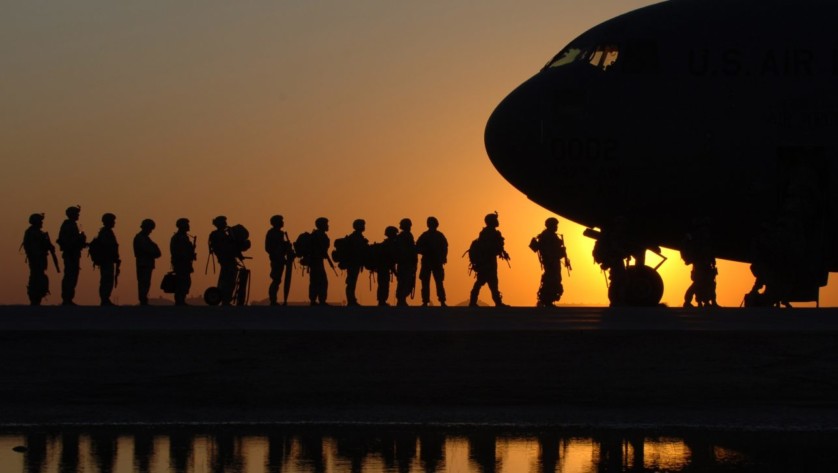The Hiroshima Red Cross Hospital and Atomic-Bomb Survivors Hospital — as it’s called today — has the display of the bomb-blasted structure remains in its memorial park outside the hospital .
Aside from treating hibakusha, as the survivors of the atomic bombings of Hiroshima and Nagasaki are known, the hospital has been also a source of psychological support for them.
“I’ve heard that the existence of the hospital itself gave survivors great emotional comfort,” says Dr Yoshinari Furukawa, the current president of the hospital. “And I hope that this is still the case.”
Over the decades, the Atomic-Bomb Survivors Hospital in Hiroshima and its equivalent institution in Nagasaki, which opened in 1969, have handled millions of inpatient and outpatient visits.
Doctors and researchers at both hospitals, together with experts at Hiroshima’s Radiation Effects Research Foundation and other hospitals in the two cities, have accumulated a vast amount of knowledge on the long-term physiological effects of radiation released by nuclear weapons.
In the years after 1945, for example, cases of leukaemia and other types of cancer began to rise, including in young children who had been exposed to radiation.
“I think that the terrifying experience [of the atomic bomb], as well as keloids [burn scars], placed a massive burden on the mental development of children ,” says the 65-year-old Furukawa, who has worked at the Red Cross hospital since 1988.
“I believe that Hiroshima has an obligation to educate the world on the devastating effects of an atomic bomb to help prevent such a tragedy occurring again,” Furukawa says.
“It is also important for us to contribute to the medical care for victims of radiation, including the victims of nuclear power plant accidents, and to promote international cooperation.”
The impact of the hospital’s work has been far-reaching. It helped establish safe radiation dose guidelines for industries like nuclear energy, which was crucial during the Fukushima crisis in 2011, when a nuclear power plant in northeastern Japan was hit by earthquake-triggered tsunami waves. The hospital dispatched six doctors and nine radiological technicians to the prefecture to advise Japanese Red Cross medical relief teams.
 Red Cross Red Crescent magazine
Red Cross Red Crescent magazine 
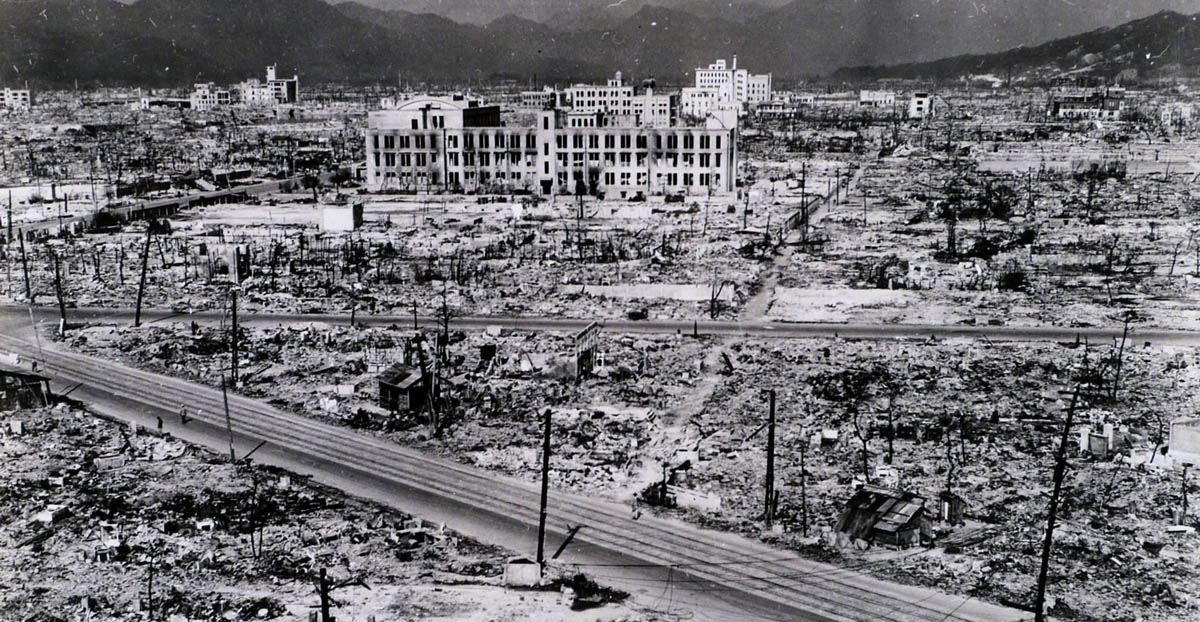
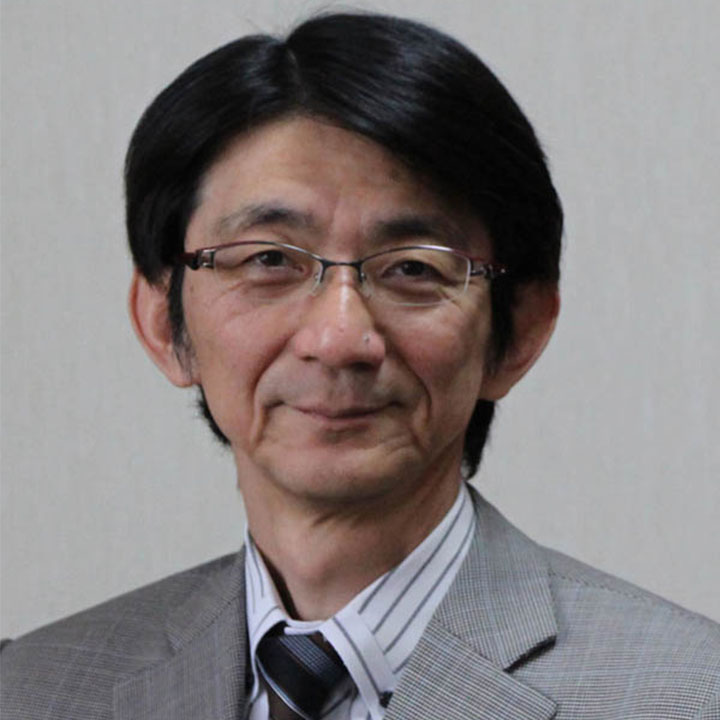
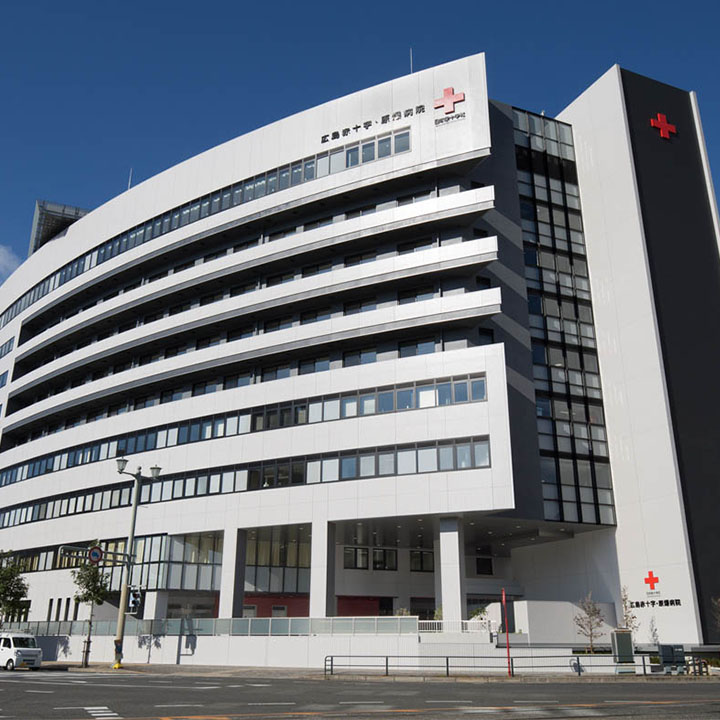

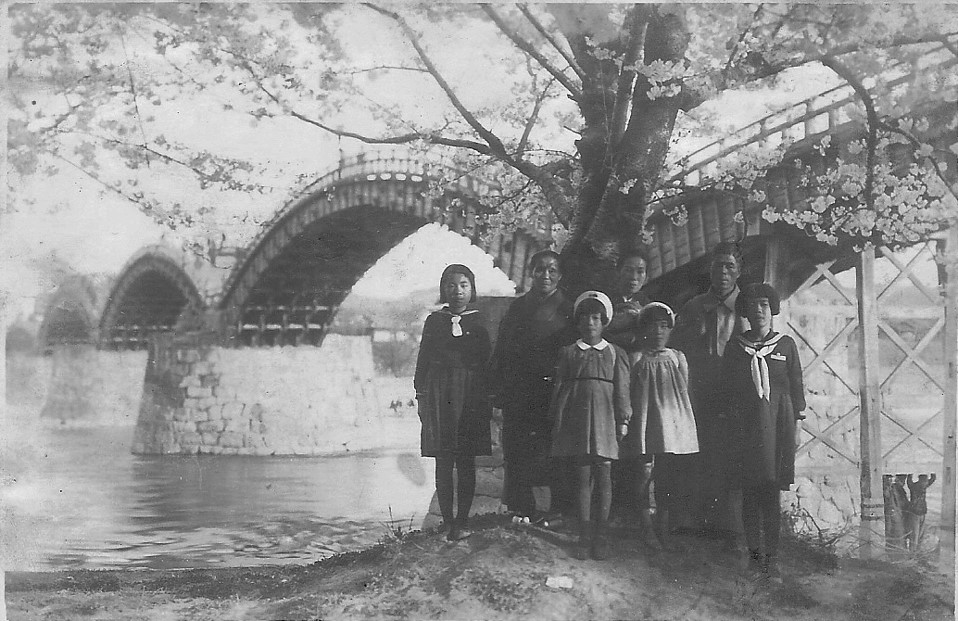
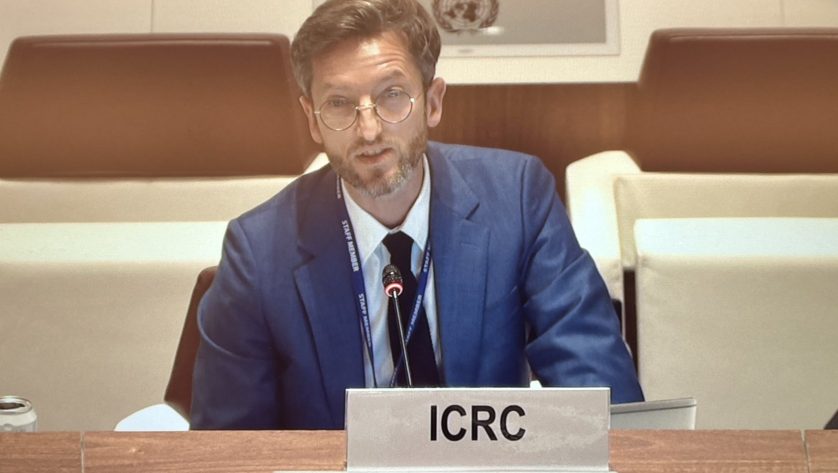
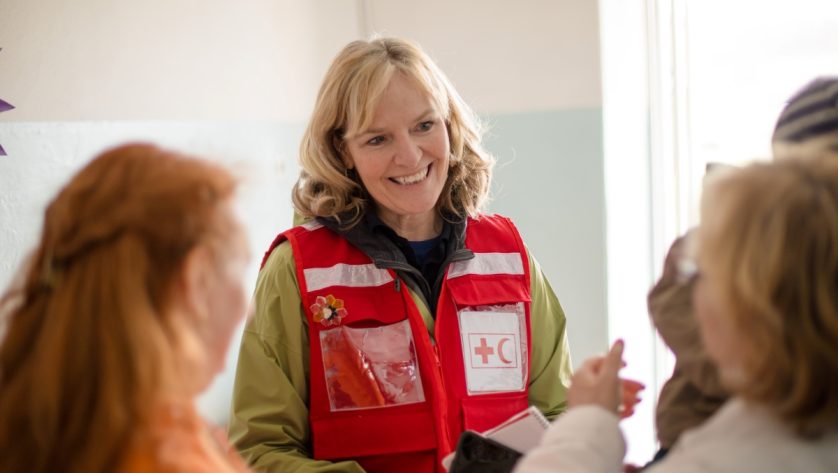

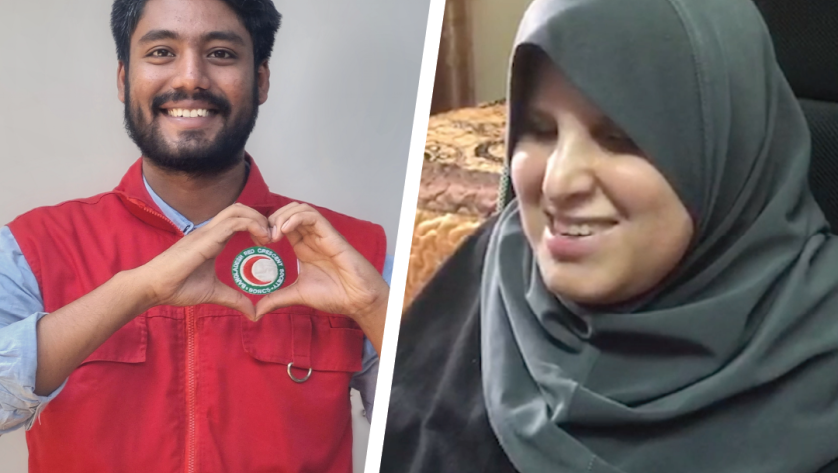

 Tech & Innovation
Tech & Innovation Climate Change
Climate Change Volunteers
Volunteers Health
Health Migration
Migration